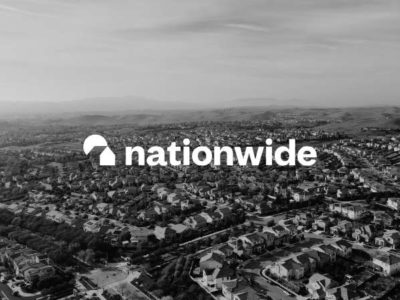The latest CPI reading has come in a touch lower than August at 3.1%, after the artificial blip from last year’s Eat Out to Help Out scheme dropped out of the figures.
It is forecast to reach 4%, double the Bank of England’s target by the end of the year, and potentially 5% by next April.
With prices staying stubbornly high and another surge expected, a gentle rise in interest rates before the end of the year still looks likely if there is any chance of keeping a Goldilocks economy within reach.
Too much inflation in the mix risks the economy getting too hot, leading prices to spiral upwards. If rates are pushed up rapidly, there’s a risk it gets too cold, freezing off economic growth.
A 2% inflation target is considered just right, as long as the economy also keeps growing.
But the recovery is already judged to be cooling rapidly due to supply chain issues, labour shortages and energy price surges.
Avoiding the bad dream of stagflation will still be the priority, rather than the lofty aims of a goldilocks economic utopia.
If gas prices continue to spike and power rationing is introduced by energy intensive industries, economic growth could be knocked back into a downturn.
While there is still dissent around the table, and there is a chance this slightly lower reading may hold off members of the Monetary Policy Committee from voting for a rate rise in November, the financial markets have largely priced a rate rise in by the end of 2021, followed by further rises next year.
A certain amount of nervousness ripples through the financial markets at the very thought of a rate hike, given that investors have become somewhat used to this era of ultra-low rates, so this edge downwards in CPI in September may provide some short term relief.
But even if the Bank of England does raise the base rate by a few notches in the months to come, it isn’t forecast that it will go much beyond 1% next year.
That is because central bank policymakers still believe inflation is transitory.
Like porridge without enough milk, it’s sticking around for a lot longer than was previously thought, but is expected to ease off as pandemic supply chain issues finally lift.
However ultimately we still don’t know if rising prices will become the new ‘new normal’ or if they’re just a temporary result of us emerging from a pandemic and a year of lockdowns and restrictions.
There are worries they will linger for a lot longer.
Make UK, the manufacturers organisation has warned that inflation risks becoming baked in, and the Food and Drink Federation has also warned that soaring ingredients prices will lead to a bubbling up of prices in bars and restaurants.
Even if there is a rise of the base rate to 1% it would see interest rates back at 2009 levels, a time when the economy was in the recovery position following the financial crisis, but would still be very low on a historic basis.
Even so unwinding mass bond buying programmes, which has made borrowing cheap is also likely to be a slow process.
The last shock governments want right now is to see the rate of interest they have to pay on their debts escalate, and central banks will be keen to avoid any kind of ‘taper tantrum’ on the bond markets, witnessed in 2013 when US treasury yields rose sharply after the Federal Reserve announced a roll back of its quantitative easing programme.
So rate rises are likely to be incremental, accompanied by soothing words of assurance that soaring inflation will ultimately end up being fleeting.
























Comments